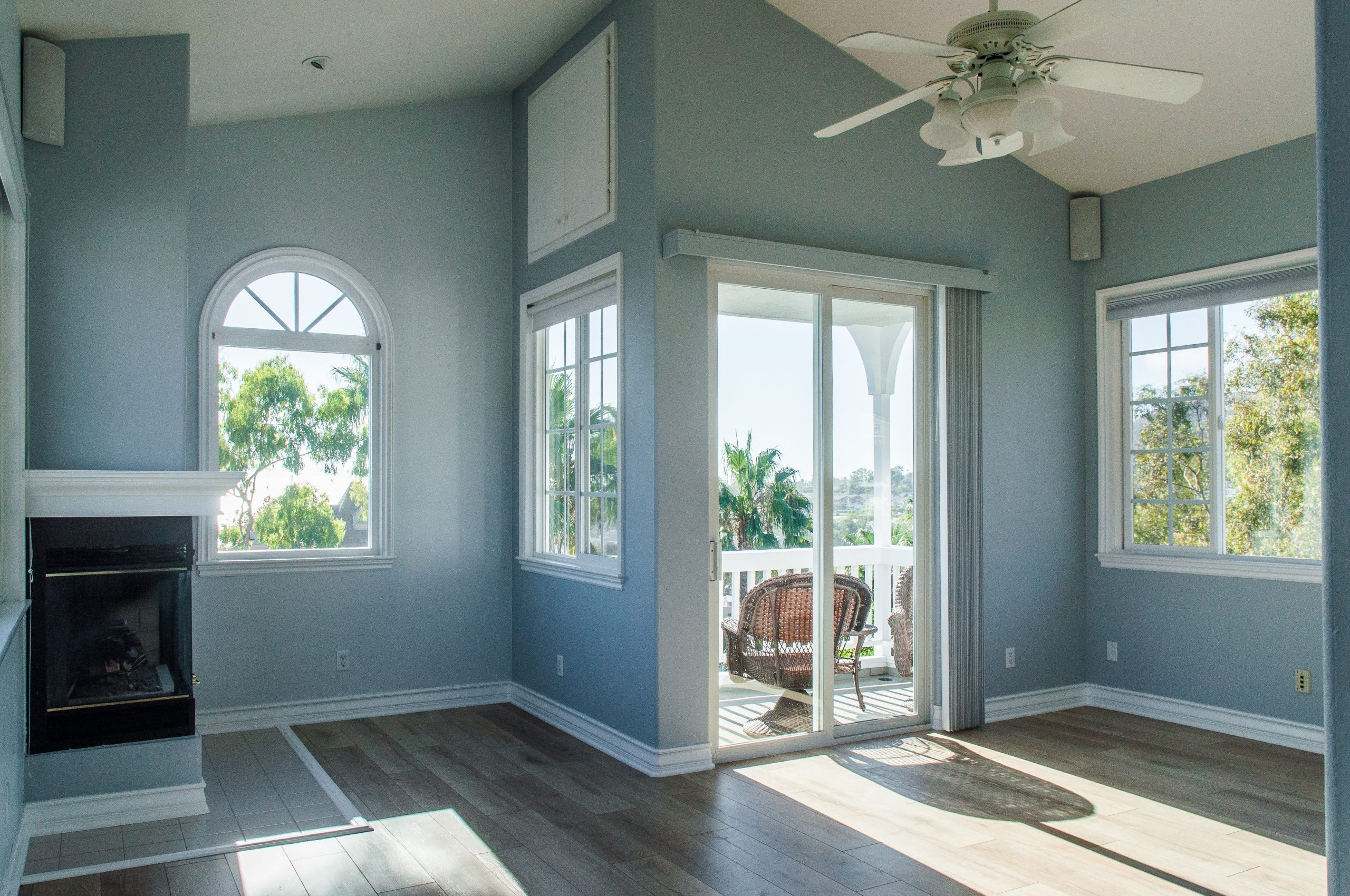How to Make a Custom Website from Scratch using WordPress
Building a custom website from scratch may seem like a daunting task, especially if you’re new to web development. But fear not! With WordPress.com, you can easily create a unique and professional-looking website tailored to your specific needs and preferences.
In this step-by-step tutorial, I will guide you through the process of building a custom website using WordPress. From determining your website needs and goals to choosing a design and launching your new site, you’ll learn everything you need to know to create a stunning online presence.
So if you’re ready to build a custom website with WordPress and unlock a world of possibilities, let’s get started!
Key Takeaways:
- 64% of websites on the internet use WordPress as their content management system.
- Creating a custom website with WordPress is an accessible and user-friendly process.
- In this tutorial, you’ll learn how to determine your website needs and goals, research similar websites, plan your website’s pages and branding, and create a WordPress.com account.
- Following these steps will help you design and develop a unique and professional website using WordPress.
- By the end of this tutorial, you’ll have the skills and knowledge to confidently build and customize your own website.
Step 1: Determine Your Website Needs and Goals
Before diving into the website building process, it’s important to determine your website needs and goals. Ask yourself what you want to achieve with your new website. Do you want to attract customers to your brick-and-mortar business, sell products online, share your thoughts through a blog, build a portfolio for your creative work, or generate new subscribers for a newsletter? By defining the purpose of your website, you can better plan and design its structure and content.
Understanding your website needs and goals will help you create a tailored online presence that aligns with your objectives. Whether you’re starting a small business website or a personal blog, having a clear vision for your website will guide your decision-making process and ensure that your site serves its intended purpose.
By identifying your target audience and understanding their preferences, you can create a website that appeals to them and addresses their needs. For example, if you’re selling products online, your website needs to have an intuitive and user-friendly e-commerce platform. On the other hand, if your goal is to share your thoughts and ideas through a blog, you’ll want to focus on a design that highlights your content and encourages engagement from your readers.
Furthermore, determining your website goals allows you to set measurable objectives, track your progress, and make adjustments along the way. Whether it’s increasing website traffic, boosting sales, or building a subscriber base, having specific goals will enable you to monitor the success of your website and make informed decisions to optimize its performance.
Take the time to brainstorm and define your website needs and goals before proceeding to the next step. This will ensure that your website development process is based on a solid foundation and that your website is built with a purpose in mind.
Step 2: Research Websites Similar to What You’d Like to Build
Conducting thorough research on websites similar to the one you want to build can provide valuable insights and inspiration. Take the time to analyze competitor websites in your industry or niche, and carefully examine their page types, content types, and design elements. By studying these websites, you can gain a better understanding of what works well and identify areas for improvement in your own website.
When researching similar websites, pay attention to the following:
- The types of pages they have: Look at the different pages that make up the website, such as the home page, services page, about page, portfolio, testimonials, and blog. Taking note of these pages will help you map out the structure of your own website.
- The content they publish: Analyze the type of content they feature on their website. This could include blog articles, videos, infographics, case studies, or other forms of media. Understanding the content types that resonate with your target audience will help you plan your own content strategy.
- The design elements they use: Take note of the design elements that catch your eye, such as fonts, colors, layouts, and imagery. These design elements play a crucial role in creating a visually appealing and user-friendly website.
By conducting thorough website analysis and studying websites similar to what you’d like to build, you can gain valuable insights and inspiration that will inform your own website development process.

Step 3: Determine Which Pages Your Site Needs
Planning the pages for your website is a crucial step in creating an organized and user-friendly site. By determining which pages to include, you can provide valuable information to your visitors and help them navigate your site easily.
To get started, create a basic sitemap outlining the structure and hierarchy of your website. This will give you a visual representation of how your pages will be organized and connected. Consider including the following pages to ensure a comprehensive website:
- Home Page: This is the main landing page of your website, where visitors will first arrive. It should provide an overview of your business or organization and a clear navigation menu to direct users to other pages.
- About Page: This page is where you can share the story behind your business, introduce your team, and showcase your mission and values.
- Product or Service Pages: If you offer specific products or services, create dedicated pages for each of them. Include detailed descriptions, images, and pricing to help potential customers make informed decisions.
- Testimonials Page: Displaying customer testimonials and reviews can build trust and credibility for your business. Consider creating a dedicated page where visitors can read about positive experiences others have had with your products or services.
- Blog: A blog is a great way to share valuable content, industry insights, and updates with your audience. It also helps improve your website’s search engine optimization (SEO) by regularly adding fresh content.
- FAQ Page: Anticipate common questions your visitors may have and create a frequently asked questions (FAQ) page to address them. This can save time for both you and your customers by providing quick answers to common queries.
- Contact Page: Make it easy for visitors to get in touch with you by including a contact page. Provide your contact information, such as your email address or phone number, and consider adding a contact form for convenience.
These are just some of the essential pages you may want to consider including on your website. The actual pages you choose will depend on the nature of your business and the goals you want to achieve.
Step 4: Plan a Basic Website Branding and Content Strategy
Establishing a strong branding and content strategy is crucial for creating a professional and cohesive website. This step will help define your website’s voice, visual identity, and overall messaging.
First, consider your website’s voice and tone. Think about how you want to communicate with your audience. Are you aiming for a friendly and conversational tone, or a more formal and authoritative one? Defining your website’s voice will guide your content creation process and create consistency across your pages.
Next, choose a color scheme that aligns with your brand identity. Colors can evoke different emotions and reinforce your website’s overall message. Consider the psychology of color in branding and select a palette that resonates with your target audience. Use these colors consistently throughout your website’s design to create a visually appealing and cohesive experience.
Visuals play a crucial role in website design. Determine the types of visuals your website will need, such as hero spots, product photography, or custom designed images. These visuals should align with your brand identity and enhance the overall user experience.
Once you have established your website’s voice, color scheme, and visuals, it’s time to outline the structure and content for each page. Create a clear and concise message for each page that aligns with your branding and engages your audience. Think about the information and elements you want to include on each page to effectively convey your message.

In summary, planning a basic website branding and content strategy involves defining your website’s voice and tone, selecting an appropriate color scheme, determining the types of visuals you’ll use, and outlining the structure and content for each page. By following these steps, you’ll create a cohesive and professional website that effectively communicates your brand identity and engages your audience.
Step 5: Create a WordPress.com Account and Choose Your Website’s Name
Now that you have a clear vision for your website, it’s time to bring it to life. The first step is to create a WordPress.com account. Simply visit the WordPress.com website and click on the “Get Started” button. Fill in your email address, username, and password to create your account. It’s quick and easy!
Once you’ve created your account, it’s time to choose your website’s name. Your website name is an important part of your brand identity, so take some time to brainstorm ideas that reflect your brand and resonate with your target audience. You can use your own name, a business name, or even a creative and catchy phrase.
After finalizing your website name, you’ll need to select a domain name. Your domain name is the web address people will use to access your site. It should be memorable and relevant to your niche or industry. You can choose a domain name directly from WordPress.com or use an existing domain if you already have one. WordPress.com also offers website hosting, so you don’t need to worry about finding a separate hosting provider.
Now that you have created your WordPress.com account and chosen your website’s name and domain, it’s time to choose a pricing plan. WordPress.com offers a range of pricing plans to suit different needs and budgets. Whether you’re just starting out with a personal blog or looking to launch a full-fledged business website, there’s a plan for you. Compare the features and benefits of each plan to find the one that best meets your requirements.
FAQ
How do I determine the needs and goals for my website?
How can researching similar websites help me in building my own?
How do I determine which pages my website needs?
How can I plan a basic branding and content strategy for my website?
How do I create a WordPress.com account and choose a website name?
- Shop for Server & Workstation Systems & more - February 25, 2025
- IP Geolocation API and IP Location Lookup Tools - February 24, 2025
- What is GoDaddy? Everything You Need to Know in 2024 - February 23, 2025





















Post Comment
You must be logged in to post a comment.